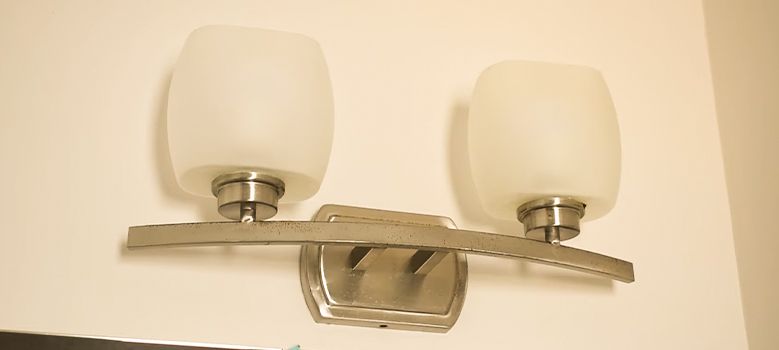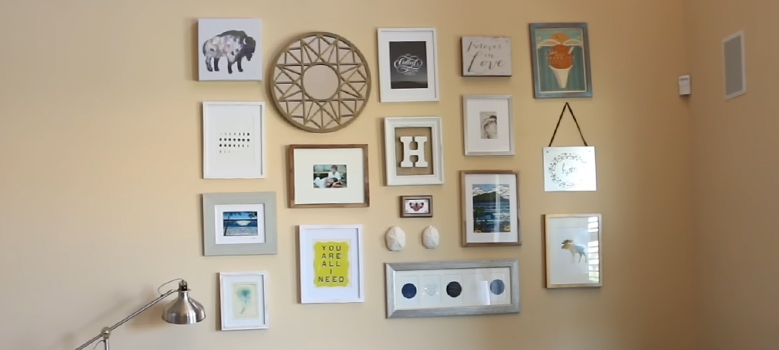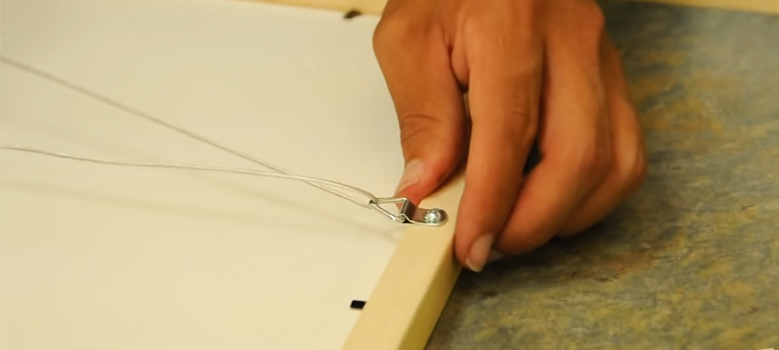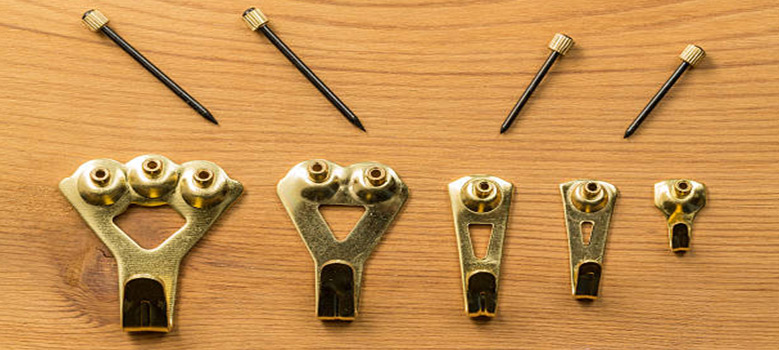Light fixtures are not only lighting equipment, but also an aesthetic in many cases. Placing them in the wrong place will not only stop distributing the light but also look odd to the eye. Like something is missing from your morning coffee.
The easy solution to this is to move the light fixture to the right place. And this might seem like a hard task, but it isn’t. A simple removing and reinstalling is involved.
Today we are going to take you through the steps of how to move a light fixture on the wall all by yourself. No handyman needed!
DIY Project: How to Move a Light Fixture on the Wall
If you have prior knowledge about electrical equipment and do your share of DIY in your household, you can move a light fixture on your own. You will need a few regular tools, which are already in your garage. But if you don’t, you can stop by home depot and pick them up.
Here are the things you will need.
- Drywall saw.
- Screwdriver.
- Lightbox/junction box.
- Some screws.
- Safety glasses.
- Face mask.
Step 1: Turn off the Circuit Breaker
When working with any home improvement or electrical replacement, make sure you turn off the breakers. An open line is a shock hazard that might end badly. So turn off the circuit breaker. And then proceed with anything else.
Step 2: Mark the Place on the Wall
Marking the place you want to move your light fixture is one of the essential steps. It visualizes how the outcome will be. Even if you are just moving 5 inches, it should be done. And it also lets you cut the drywall perfectly.
Step 3: Take off the Light Fixture
Time to take off the light fixture. Use a flathead screwdriver to take off the top. If there are screws you might need a Philip head screwdriver. Take them off and set them aside. Make sure you practice caution in removing the wire.
Step 4: Cut a New Hole on the Wall
It’s time to dice and slice. Before that, you can check your wiring with a non-touch tester to see if there is wiring behind the wall. Also, make sure there are joists to hold your junction board. Then proceed with making a hole. Wear a face mask and eye protection.
Step 5: Place the Junction Box
When the hole is ready, put it in the junction box. Run the wires through it and secure the box with screws.
Step 6: Wire Through the Junction Box
Red wires signify the hot, blacks are neutral, and green means ground. So do not mess them up with each other.
Step 7: Place the Fixture Back In
At last, with the fixture over the junction box. And secure it in place. Then turn on the power and check if it is working. And if it lights up (which it will) you are good to go.
Frequently Asked Questions
How do I move a wall light fixture over a few inches?
To move your wall light fixture you can cut a new hole around the junction box and use the same wiring. And cover the open junction with an electrical casing. This will save you money with a new junction box.
How do I move a wall-mounted light?
If you have to move a wall-mounted light, you have to take the fixture off first. Then cut the hole where you want to install it. You might need to buy a new junction box. Remember to cut on a place where there is electrical wiring and a joist to secure the light.
How hard is it to move a light fixture?
Practically it is not at all hard to move a light fixture. You just remove and install. The only accessory you might need is a new junction box.
How do I move an existing light fixture?
You can easily move ab existing light fixture by removing it and then installing it in the place you decided. A little sawing and wiring are needed. Otherwise, it will take just 30 minutes to finish the job.
Conclusion
Moving a light fixture is not a hard job. But the safety before that should never be neglected. You should always turn off the main connection before you work with any electrical upgrade. If there is a ladder involved, make sure you have someone holding it. Professionals are used to balancing themselves in over-height work positions. But occasional workers might find it difficult.






